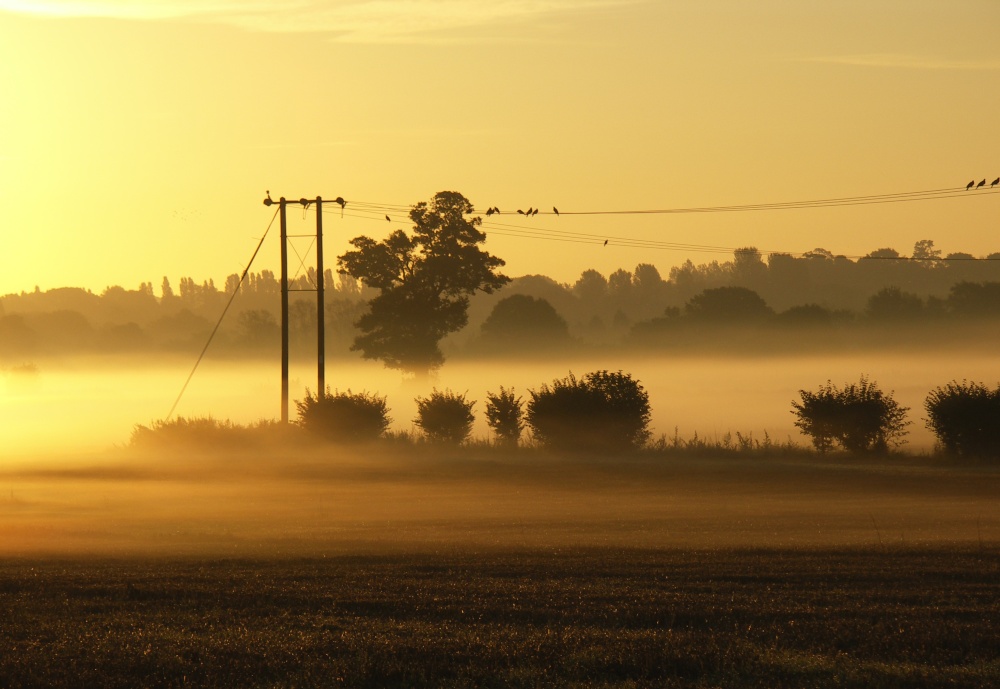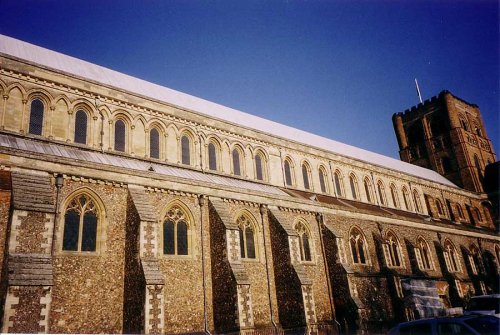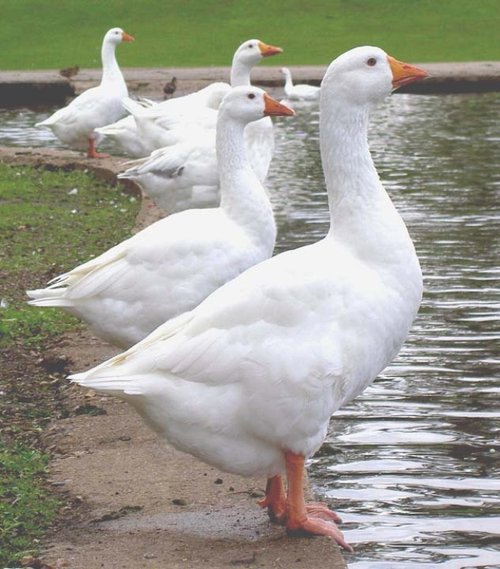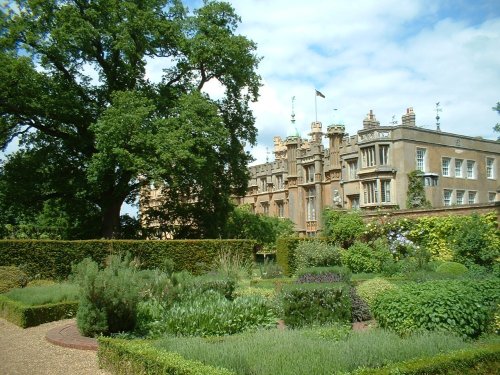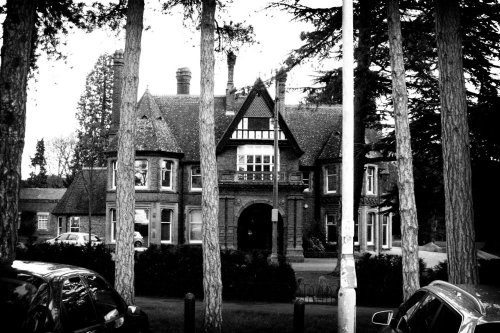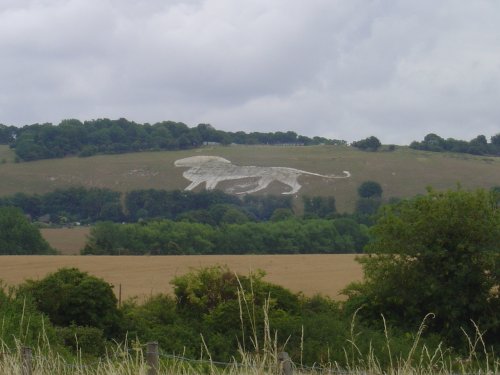Pictures of St Albans
About St Albans
Now very much a town for today, the cosmopolitan atmosphere of St. Albans is a far cry from when the town began as a Roman settlement, which quickly flourished to become the largest Roman town in England. It was known as Verulamium, until a Roman soldier was put to death for giving shelter to a Christian priest. The soldier's name was Alban, he was later to become our first Christian martyr. When the Romans left, the site was occupied by the Saxon's. It was then that it was discovered a shrine had been placed on the soldier's execution spot. Later an abbey was built there in the 8th-century which was dedicated to St.Alban. Early in the 11th-century a town had developed around the abbey and thus, the town took the name of St.Albans.
A dominant feature of the town is its rich heritage of historical buildings. At the time of the Dissolution in 1539 nearly all the abbey buildings were destroyed, leaving only the abbey church and its magnificent gateway. The red brick Norman tower, built with materials taken from Verulamium, remains a splendid sight on St.Albans skyline. When in 1877 St.Albans was made a city, the church gained cathedral status. The cathedral shows fragments of Norman work including, transepts, choir, eastern bays of the nave, and of course the tower. The Lady chapel was added in the 14th-century around the same time the Norman piers in the nave were decorated with paintings. St Alban's shrine stands on a reconstructed marble base and is overlooked by an impressive 15th-century watching tower built for the monks who guarded the shrine. The cathedral has many other treasures these include commemorative brasses, tablets to noted townsfolk, and statues. It is a lovely cathedral where you can gaze about in wonder, whilst experiencing a deep sense of peace.
At the junction of French Row and High Street you can see the early 15th-century Tower. This was originally built as a Curfew Tower with a bell from 1335. A clock was added in Victorian times, hence the tower is now known as The Clock Tower. Almshouses of 1733 were built by Sarah Jennings, who was born in the town and became the wife of the Ist Duke of Marlborough. The Duchess stayed in the town during periods when her husband was away fighting. The Duke was the victor of Blenheim in 1704. It seems the Churchill family played an important role in the city's politics for many decades.
One of the most pleasant parts of St.Albans is quaint Fishpond Street. The street derives it's name from a fishpond which lay nearby in medieval times where the monks used to fish. The street is lined with an interesting mix of delightful properties, some with Georgian fronts, thought to cover up a much older structure.
Alongside the River Ver, is what is said to be the oldest inn in England. Ye Old Fighting Cocks, standing in the peaceful shadow of the church, has not always been so peaceful, but cock-fighting has been banished for years now. Some documents prove a pub stood here as early as 795, this too, has long since gone. A visitor to the present inn which dates Medieval, was Oliver Cromwell, who when staying over-night, insisted on tethering his horses in the bar!
With so much history and some of the best shopping in England, including vast Hypermarkets as well as individual shops where you are served by the owner, St.Albans makes a pleasing place to visit. It has its developed areas but there are many open spaces, including RSPB and conservation sites. There are interesting museums recalling Roman times and other periods from the past, theatres, cinema, restaurants and a range of hotels to suit all tastes. The River Ver provides some lovely riverscapes, has an abundance of wildlife and pretty riverside walks. This attractive town makes a worthwhile destination for a happy weekend exploring the sights, or for a longer stay taking in the surrounding landscape of old villages and quiet market towns.
Attractions to visit include: The Museum of St.Albans, Roman Verulamium Museum, St.Albans Cathedral, The Clock Tower, St. Michaels Street, French Row, Fishpool Street, The River Ver, Old Gorhambury House and Gardens of the Rose.
